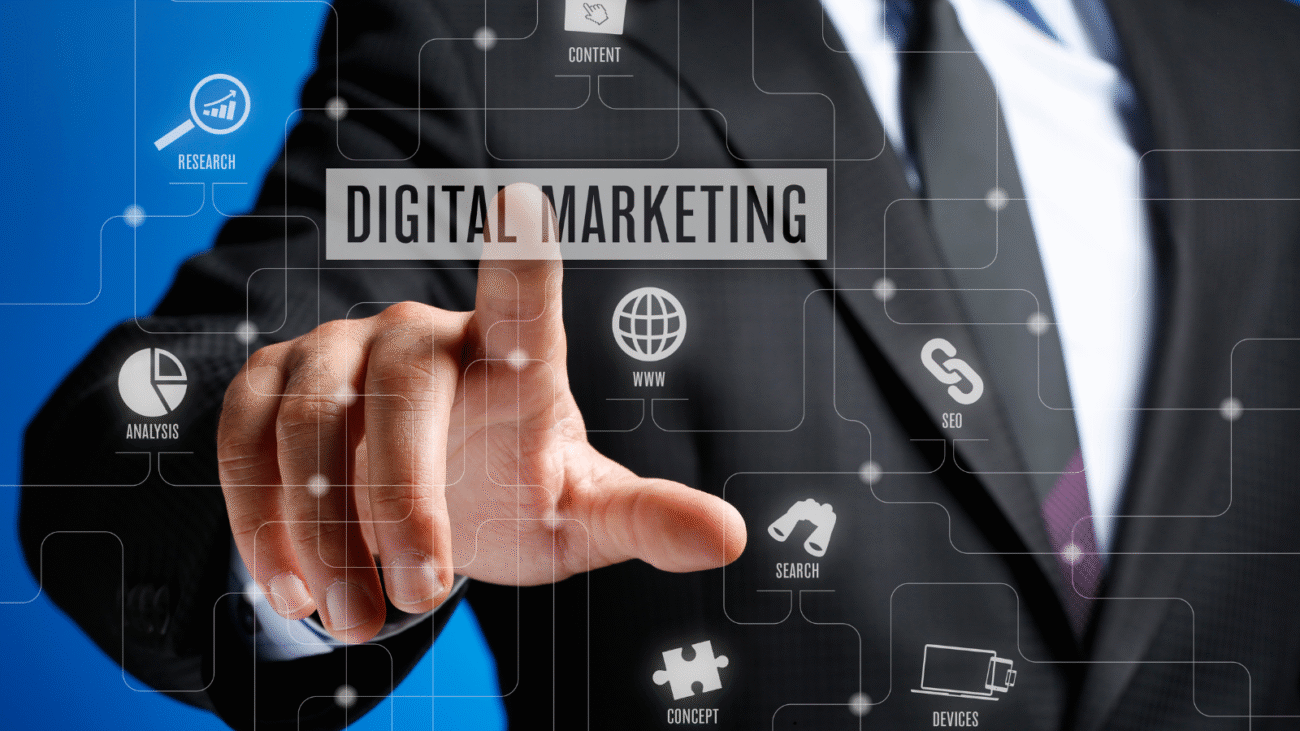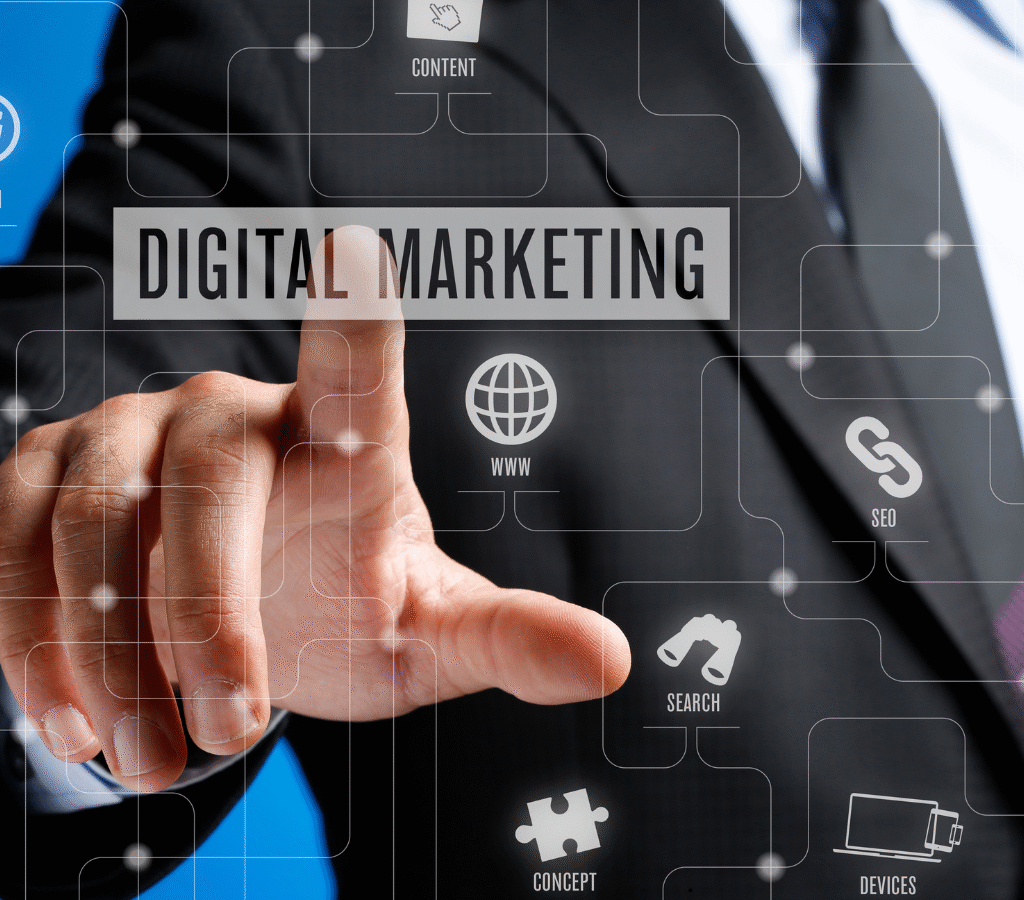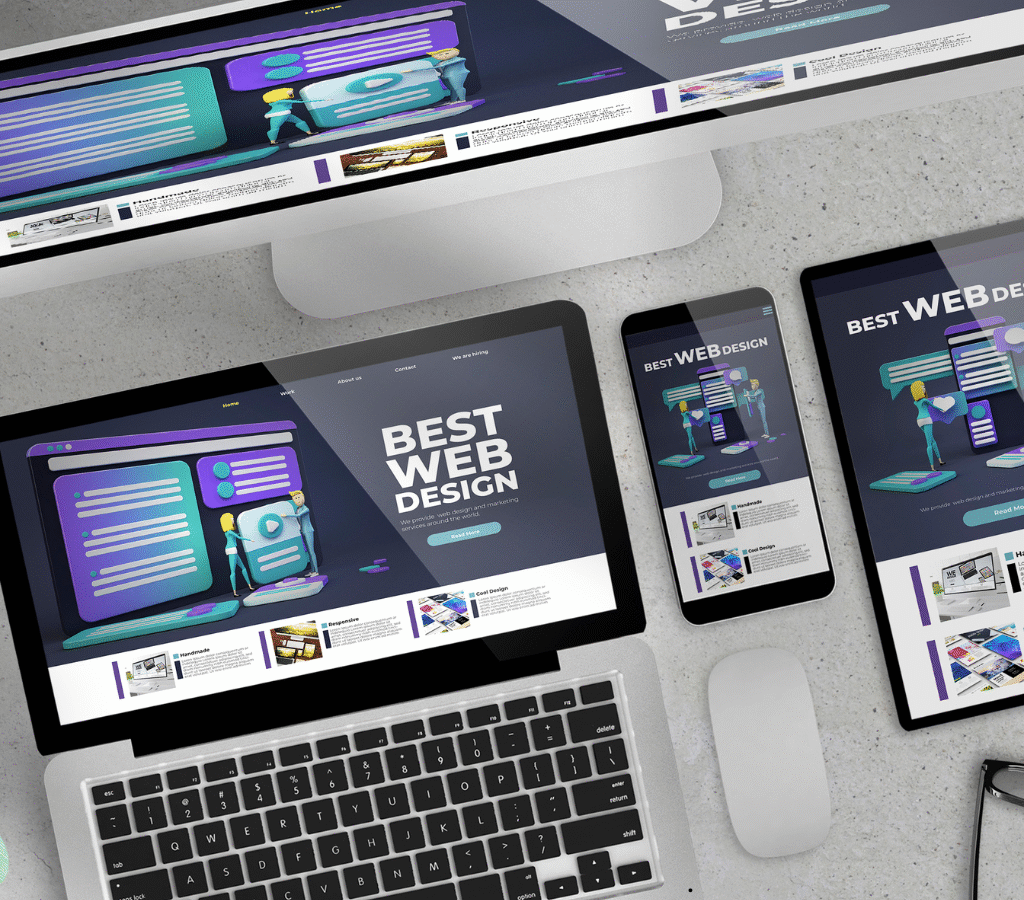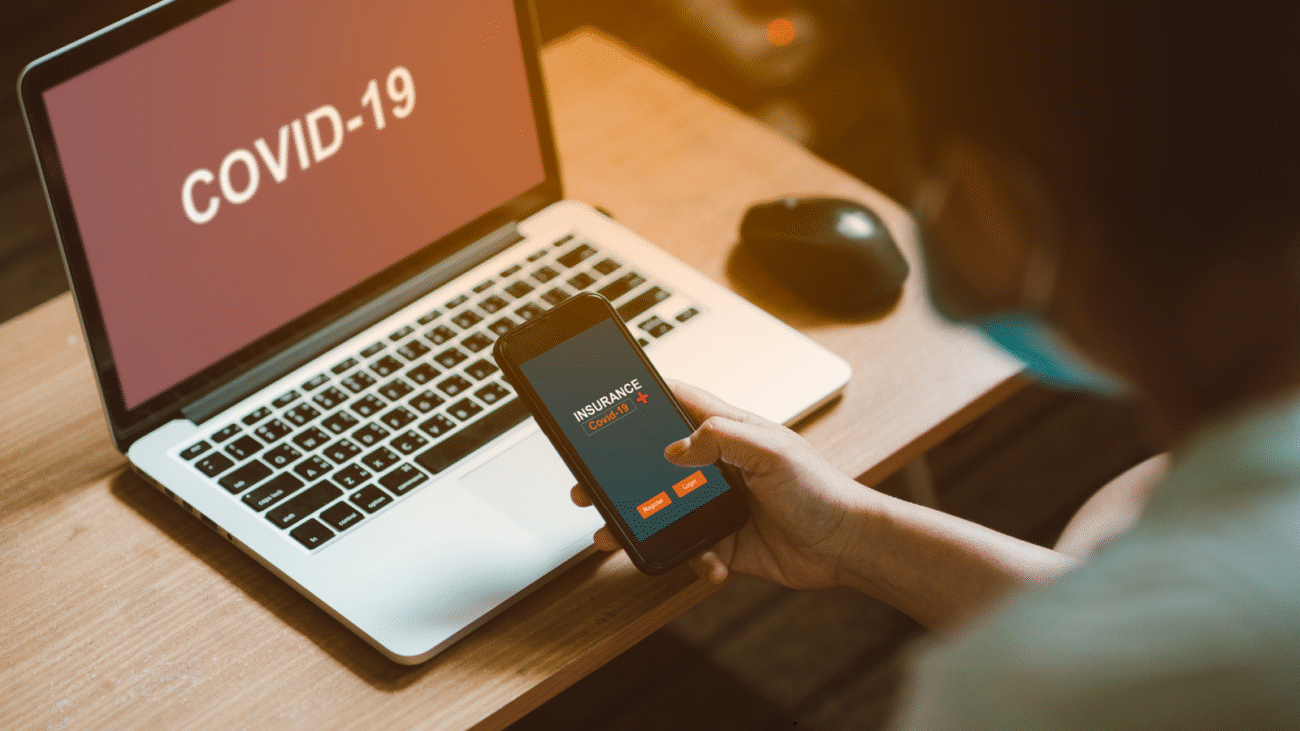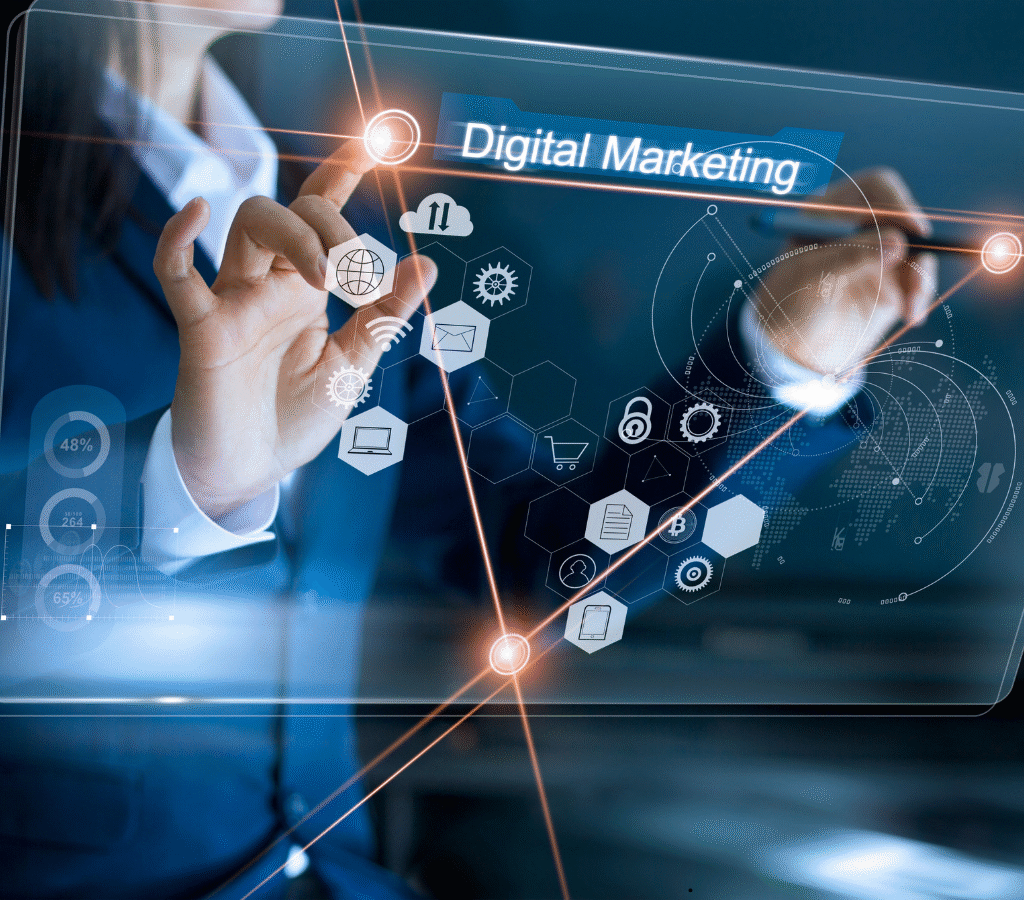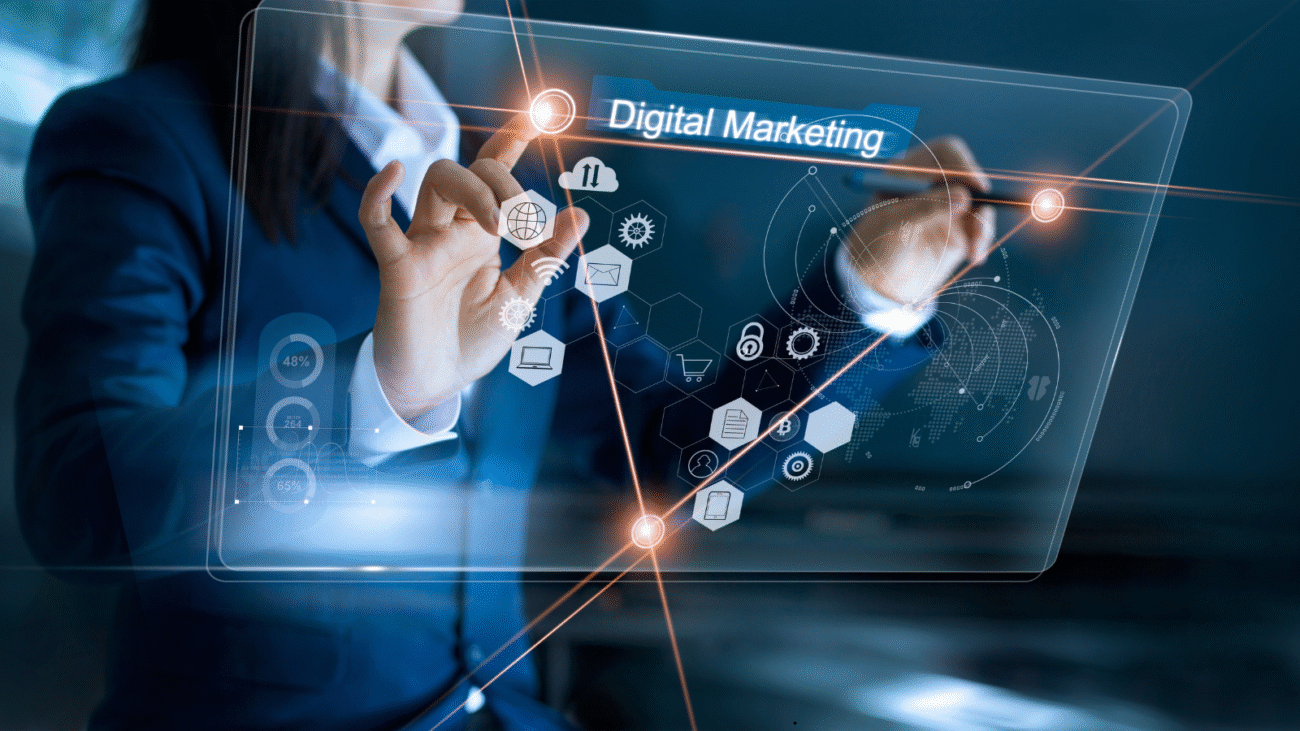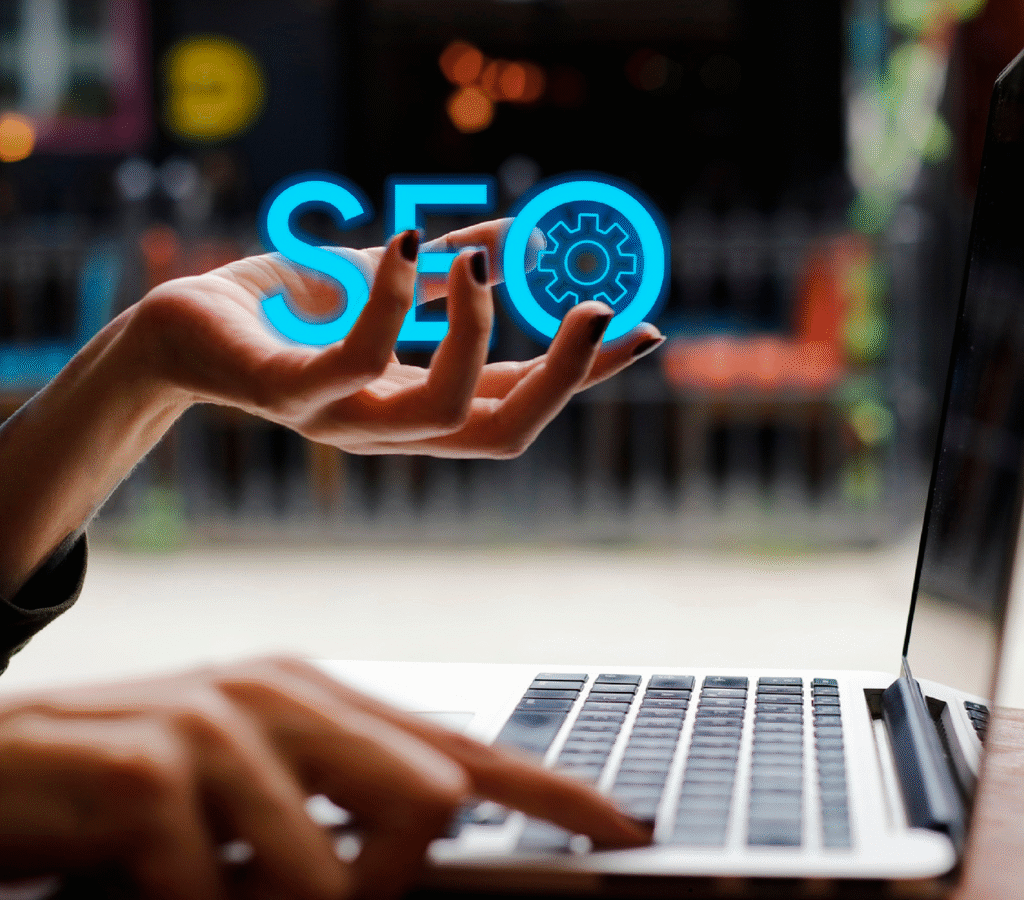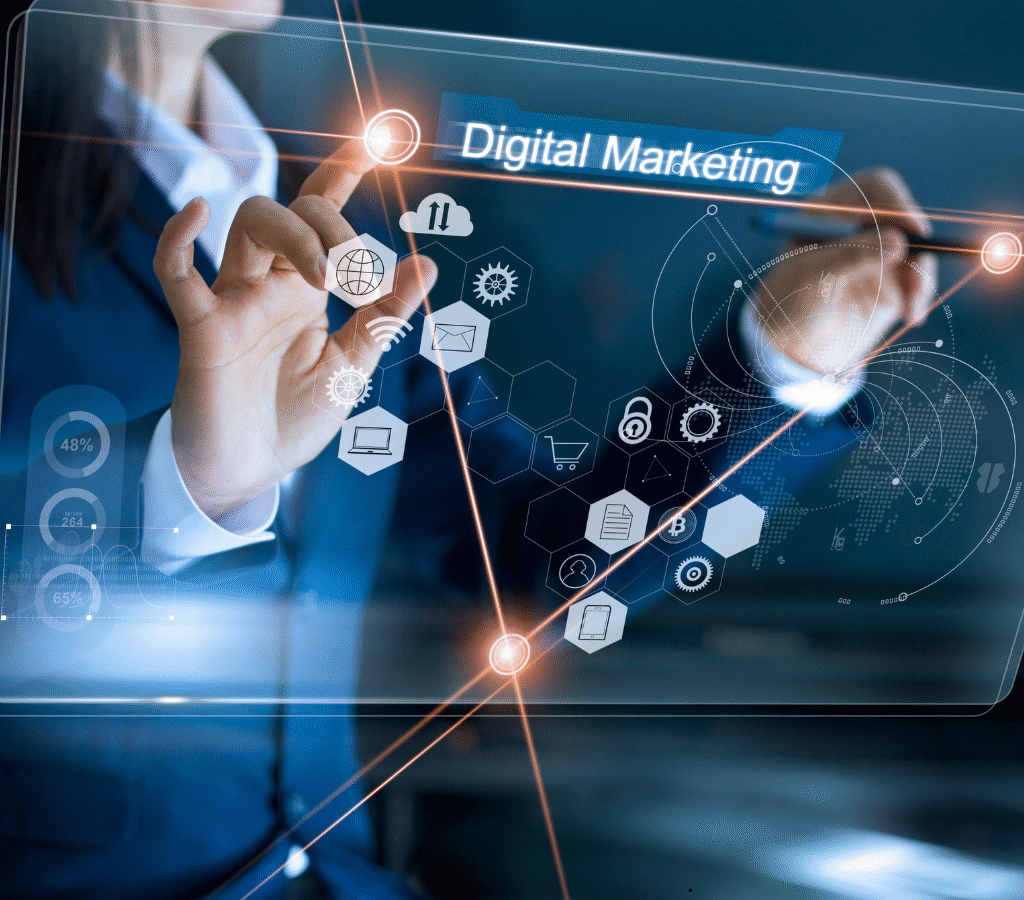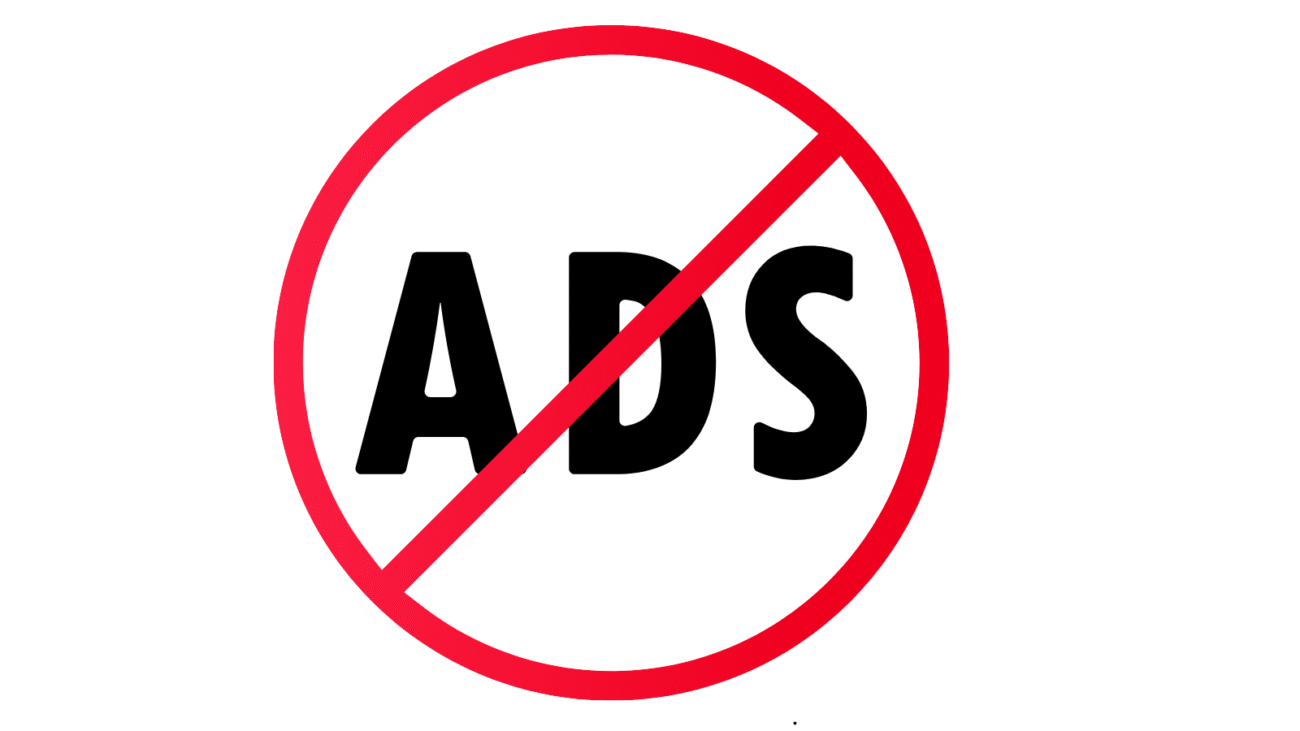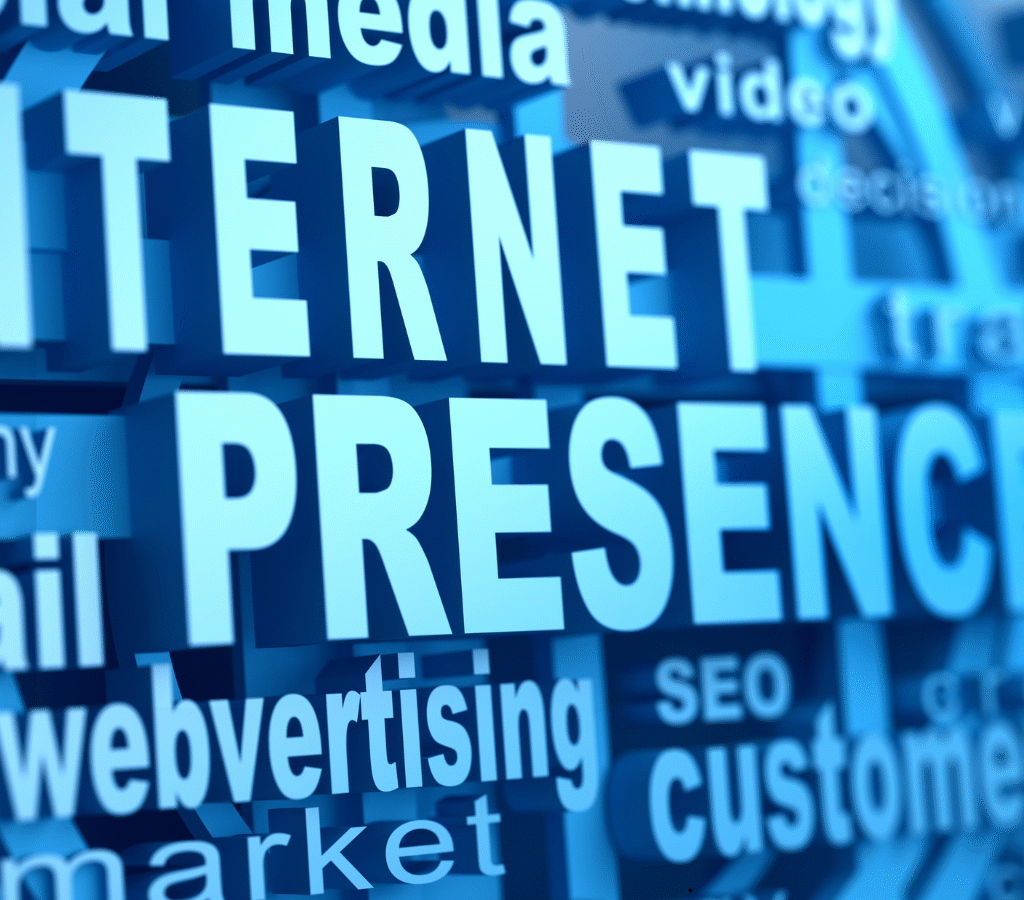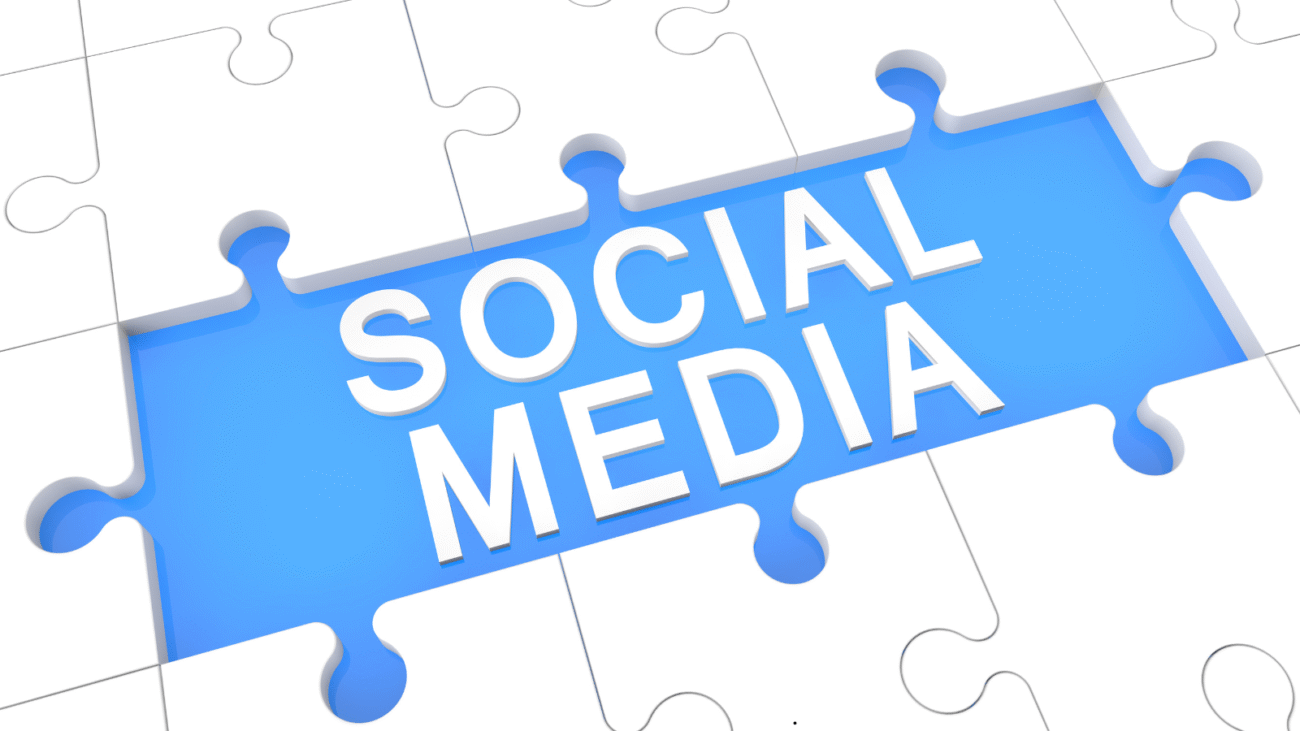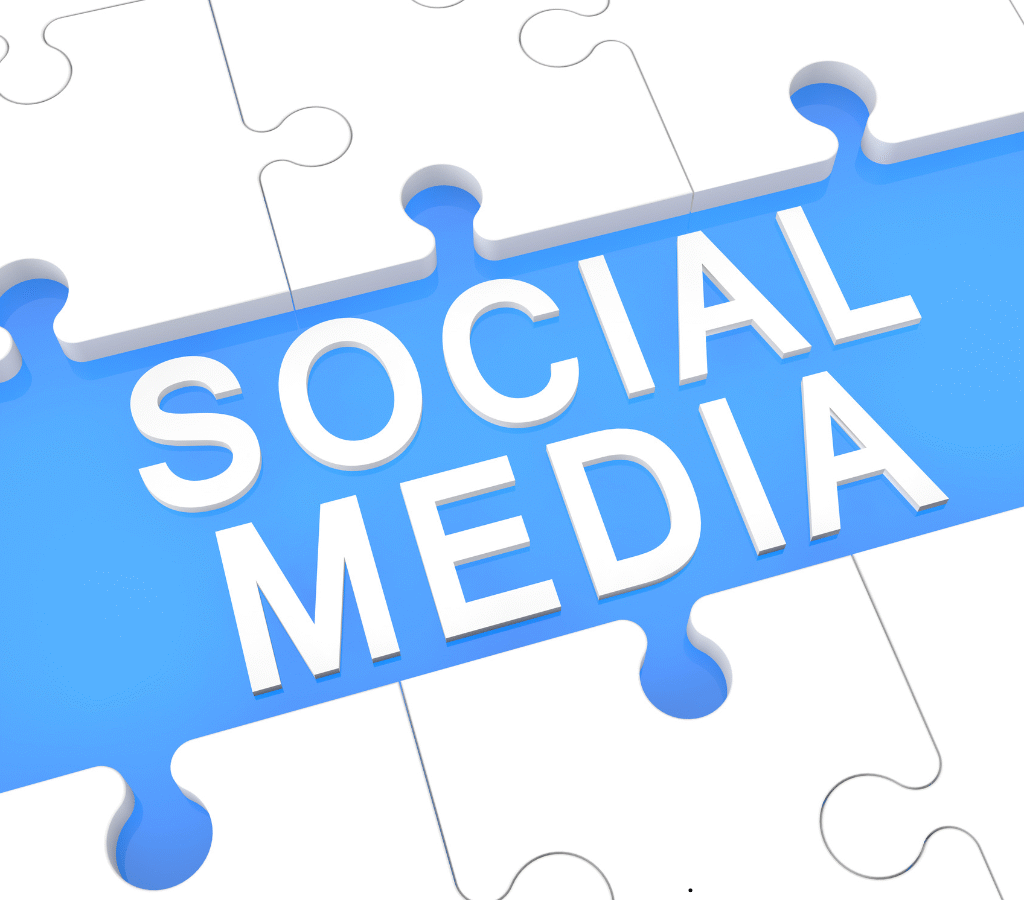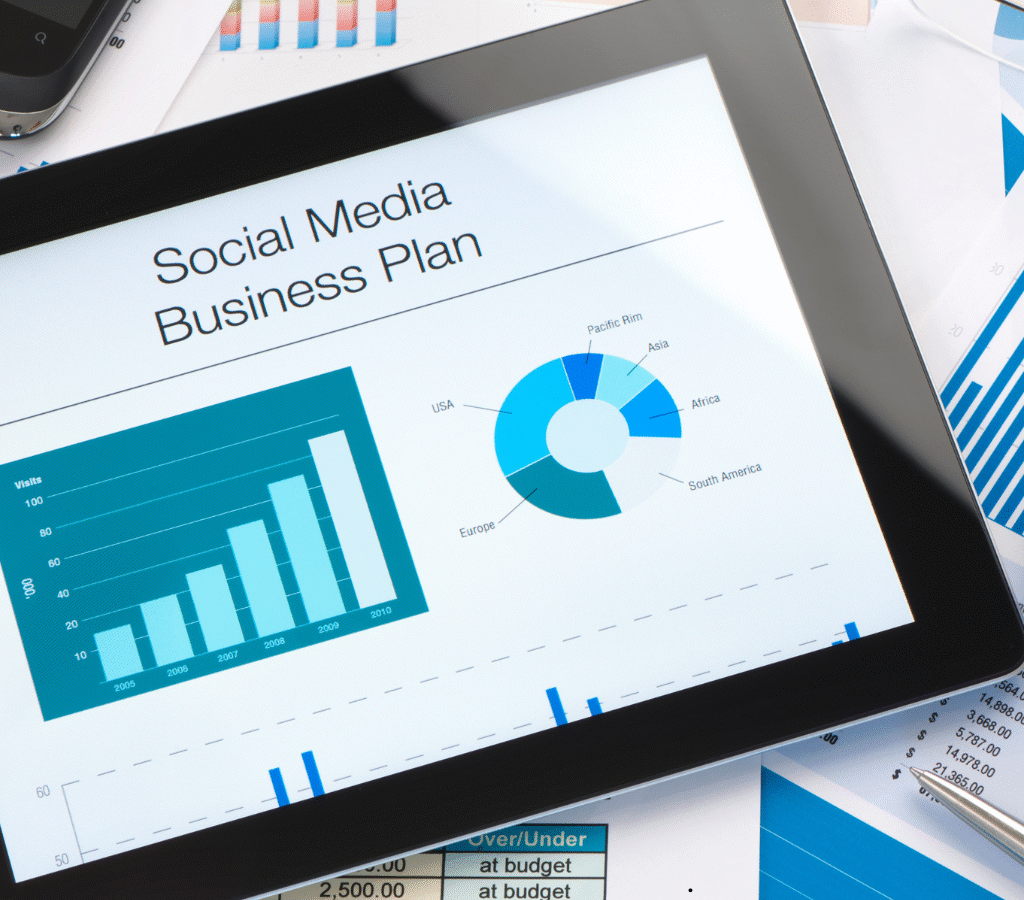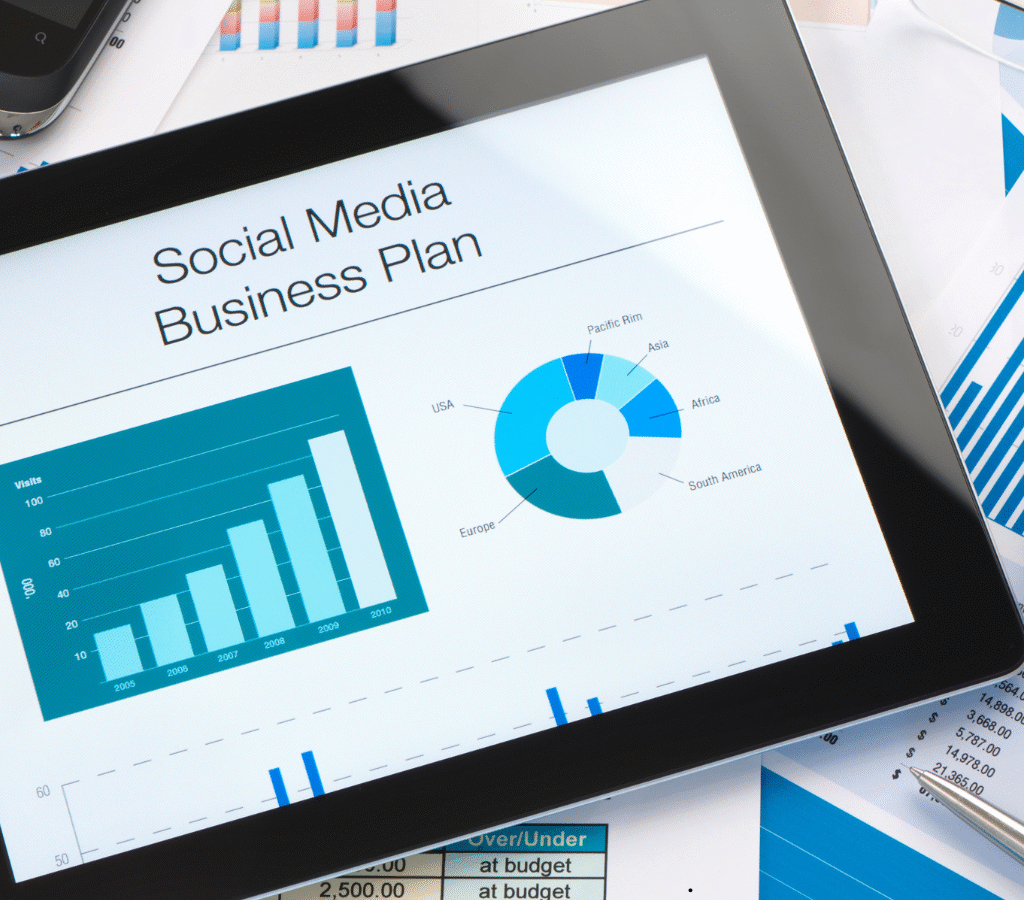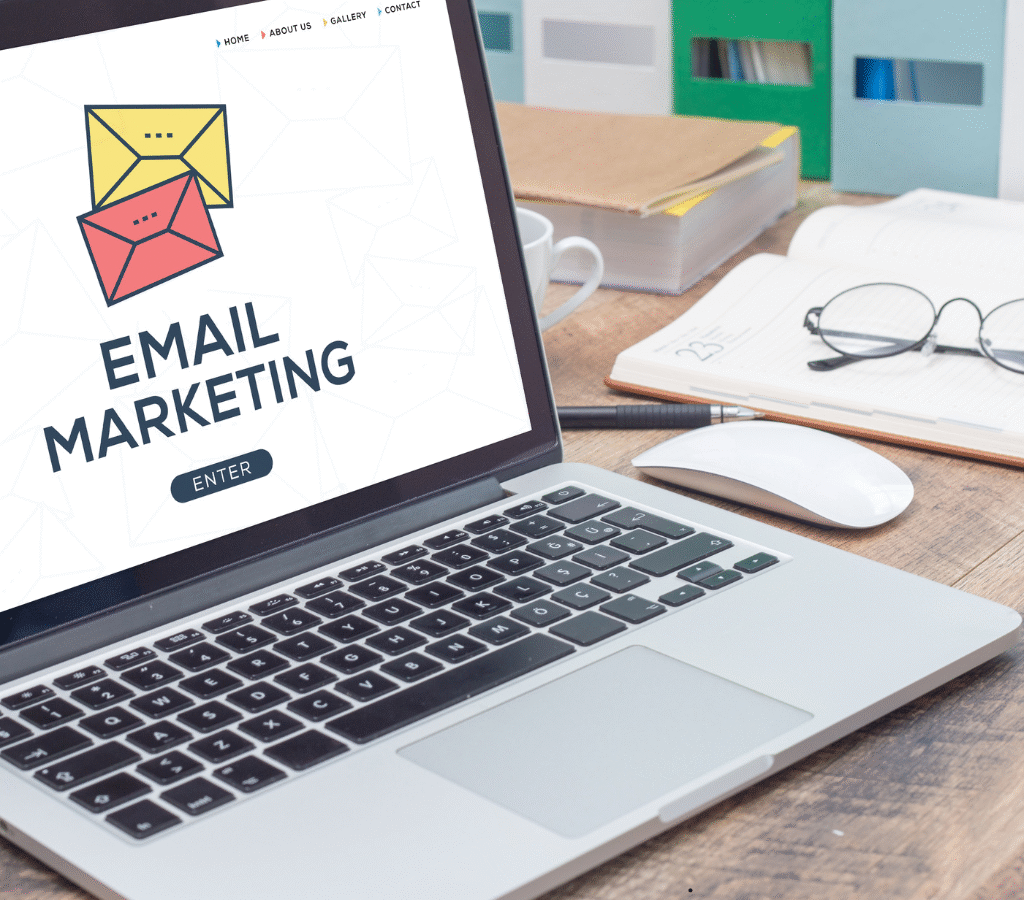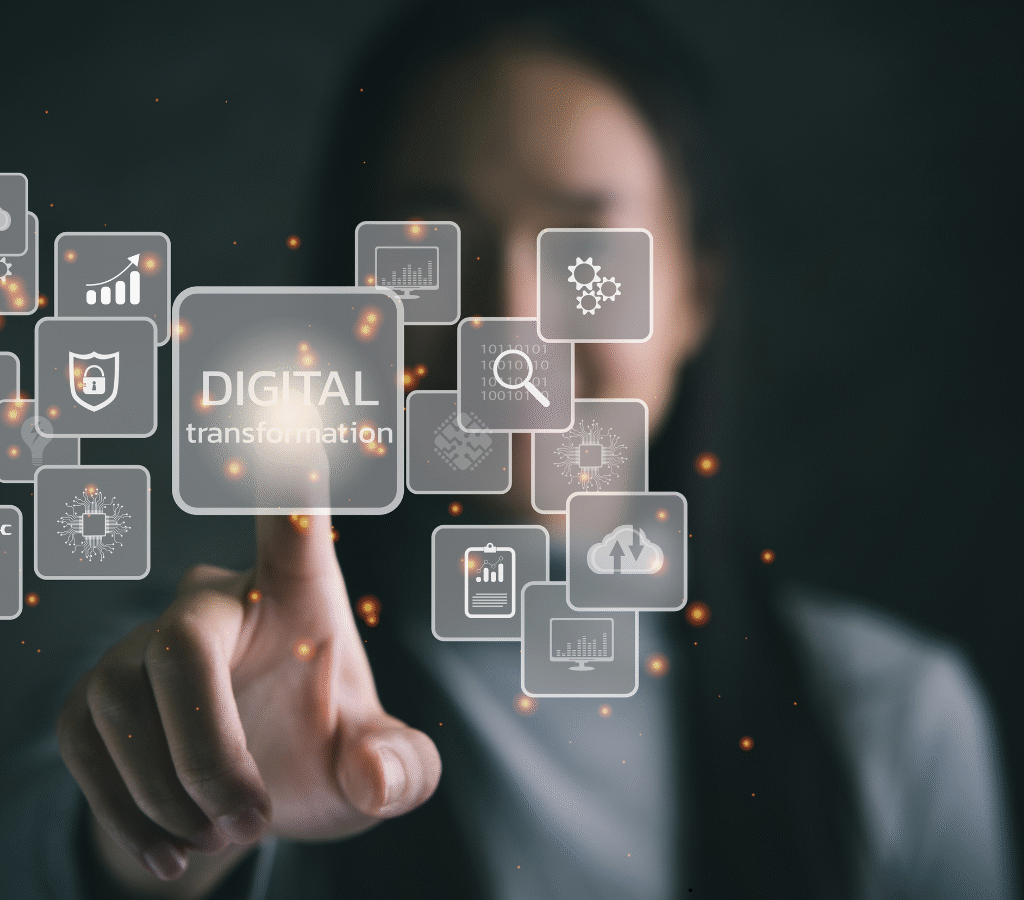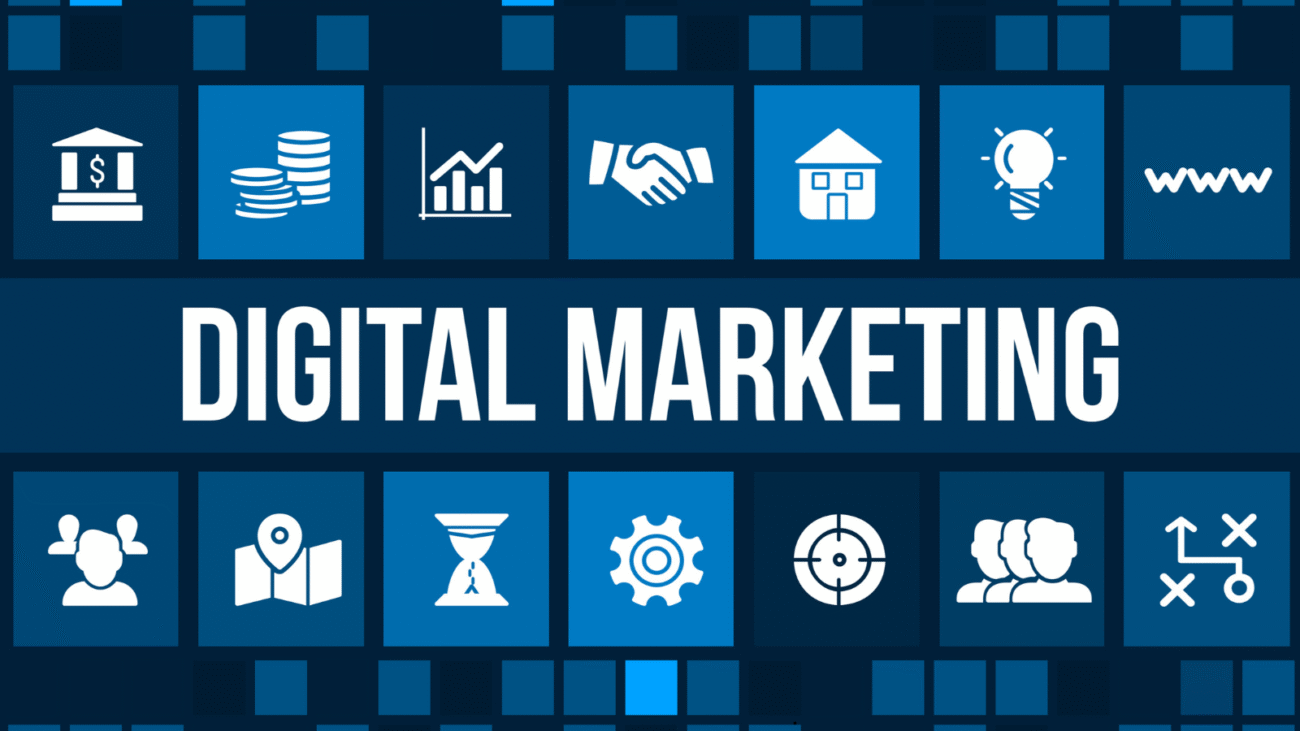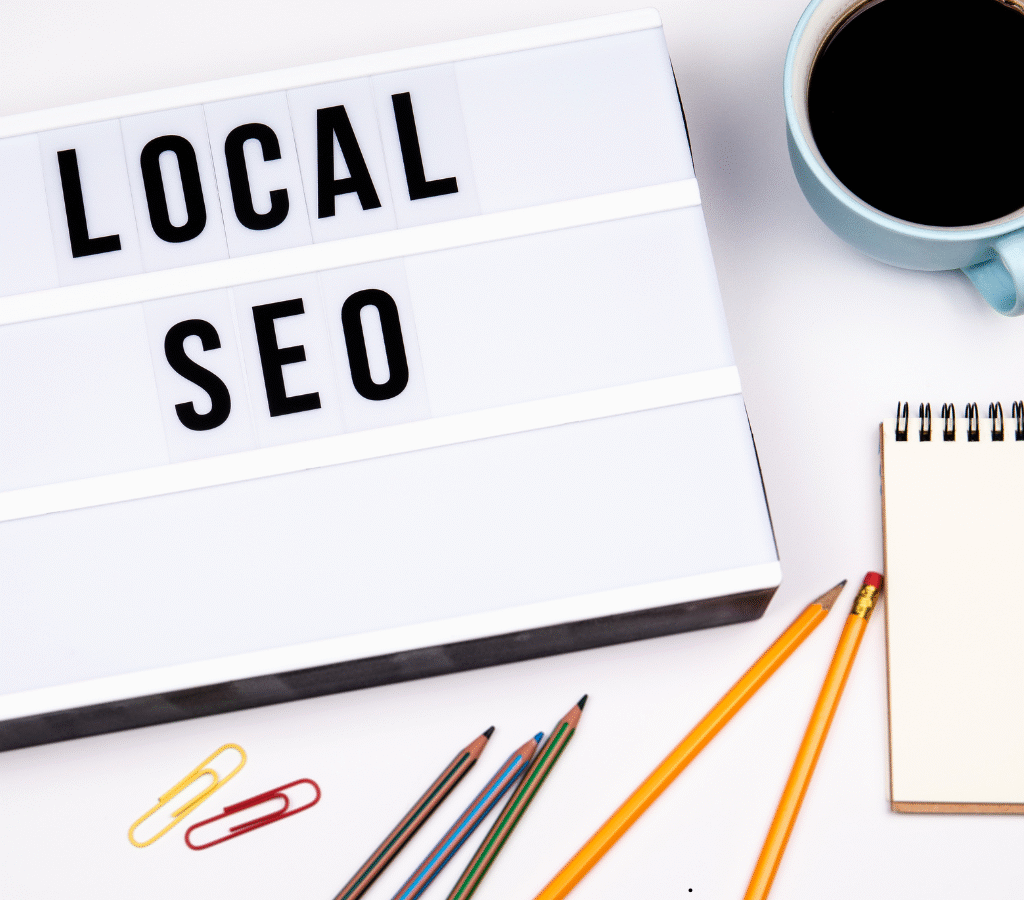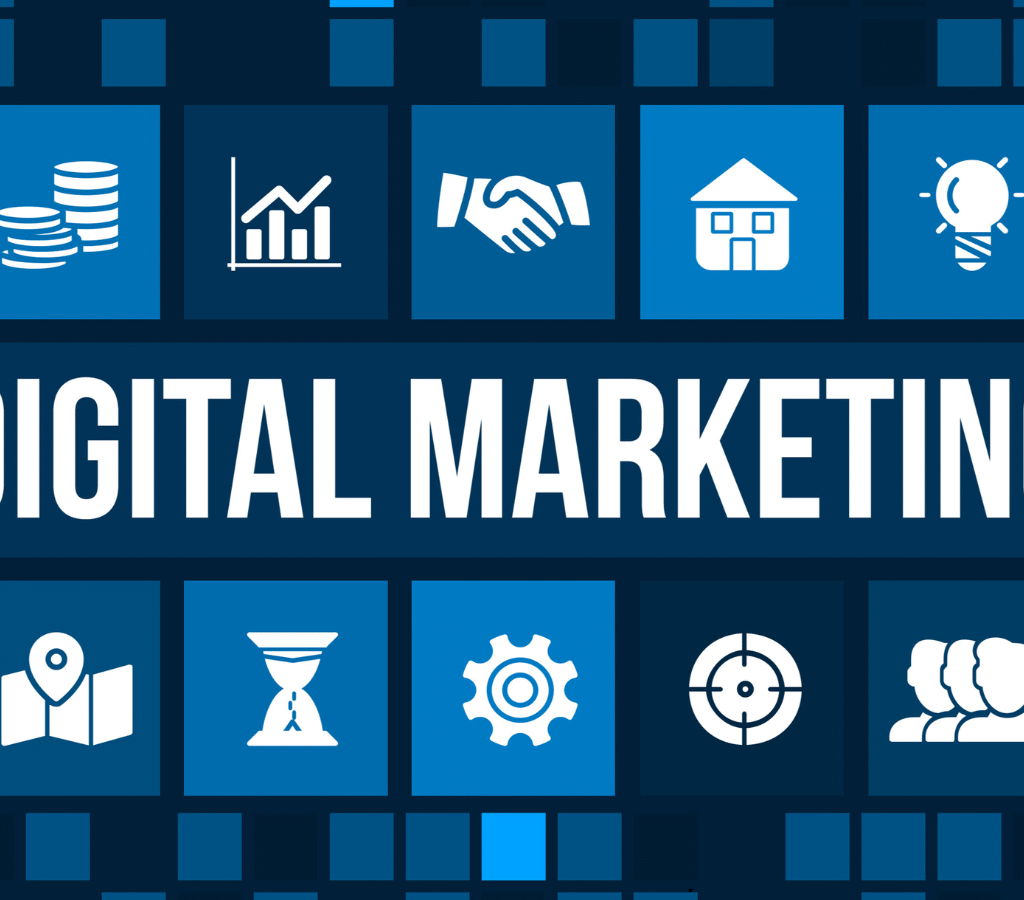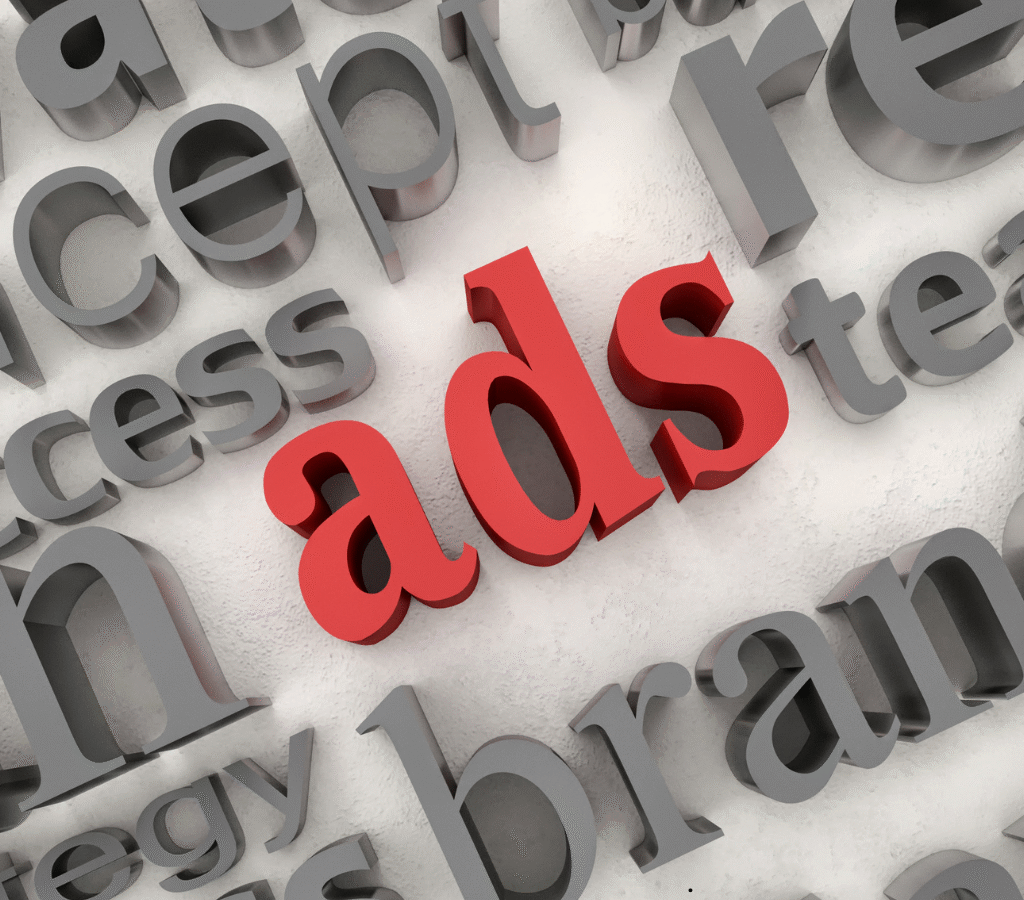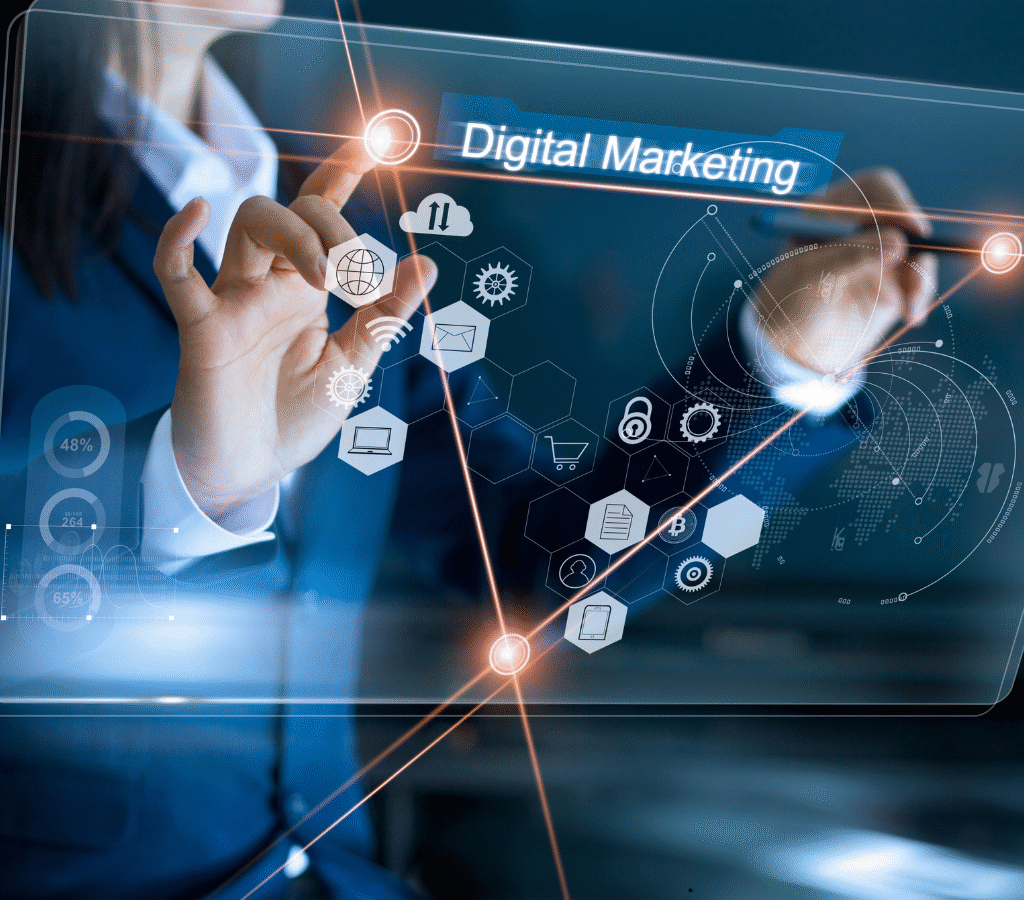Digital marketing is evolving at lightning speed. With AI, automation, and analytics reshaping the landscape, marketers in 2025 need to stay sharp, agile, and efficient. The secret? The right set of tools.
Whether you’re managing SEO, social media, paid ads, or content marketing, these top 10 tools will help you work smarter, not harder — and give your campaigns the edge they need in a saturated digital space.
1. HubSpot – All-in-One Marketing Automation
Why It’s Essential:
HubSpot remains a top-tier tool in 2025 because of its seamless integration of CRM, email marketing, content management, and automation workflows. For marketers handling multiple channels, HubSpot makes it easy to create personalized customer journeys, track behavior, and convert leads.
Key Features:
- Drag-and-drop email builder
- Smart CTAs and dynamic content
- Robust analytics and reporting
- Lead scoring and nurturing
Perfect For: B2B marketers, inbound campaigns, and lead generation strategies.
2. SEMrush – The SEO Powerhouse
Why It’s Essential:
SEO isn’t going anywhere. SEMrush has cemented its place as a must-have tool for SEO professionals, content marketers, and PPC strategists. It provides deep keyword insights, competitive analysis, backlink tracking, and real-time ranking updates.
Key Features:
- Keyword Magic Tool
- Site audit and health monitoring
- Competitor domain analysis
- Content optimization suggestions
Perfect For: SEO experts, content creators, and performance-driven teams.
3. Canva Pro – Effortless Design for Marketers
Why It’s Essential:
Visual content rules the digital world. With Canva Pro, even non-designers can create stunning graphics, social media posts, presentations, and ads with ease. In 2025, its AI-powered features and template library make it faster than ever to design on-brand assets.
Key Features:
- Brand kit and templates
- Magic resize and background remover
- AI design suggestions
- Social media scheduling (Canva Scheduler)
Perfect For: Social media managers, content marketers, freelancers.

4. Google Analytics 4 (GA4) – Data-Driven Decision Making
Why It’s Essential:
In 2025, GA4 is the gold standard for tracking user behavior, conversions, and website performance. It gives marketers a complete view of the customer journey across platforms and devices.
Key Features:
- Real-time reporting
- Event-based tracking
- User engagement insights
- Audience segmentation
Perfect For: Website owners, analysts, and performance marketers.
5. ChatGPT (Pro) – AI Writing & Ideation
Why It’s Essential:
Content is still king, but in 2025, smart content is what drives results. ChatGPT helps marketers brainstorm, write blog posts, generate ad copy, plan campaigns, and even create scripts for videos and podcasts — all in a matter of minutes.
Key Features:
- Blog and social media content creation
- Idea generation and outlines
- Email and ad copy writing
- SEO-friendly content drafts
Perfect For: Content marketers, email strategists, copywriters, and agencies.
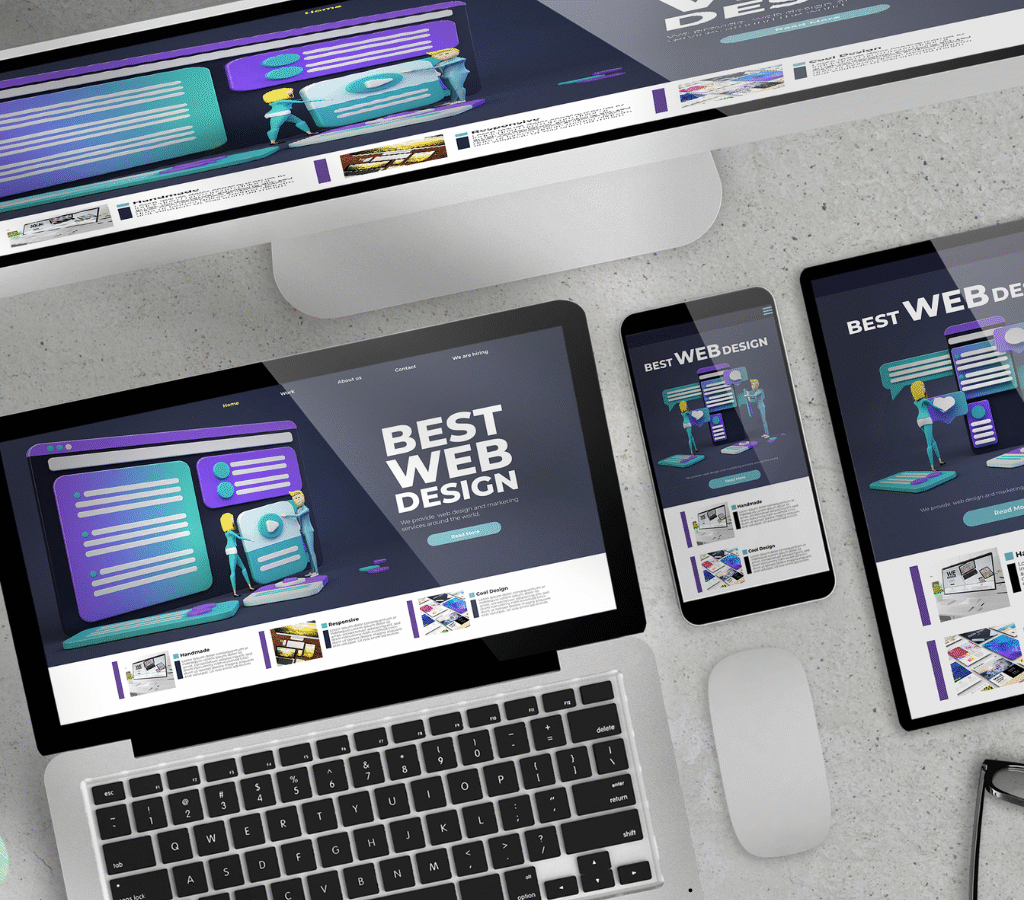
6. Buffer – Simplified Social Media Management
Why It’s Essential:
Managing multiple platforms? Buffer remains one of the most user-friendly tools for scheduling posts, analyzing performance, and managing engagement all in one place.
Key Features:
- Post scheduling across major platforms
- Analytics and reporting
- Engagement inbox
- Team collaboration tools
Perfect For: Social media managers, small businesses, personal brands.
7. Surfer SEO – Content Optimization Made Easy
Why It’s Essential:
Ranking on Google takes more than just keywords. Surfer SEO analyzes top-ranking pages and helps you create content that matches search intent and structure.
Key Features:
- Content editor with real-time SEO score
- NLP-based keyword suggestions
- Audit tool for existing posts
- AI integration with writing tools
Perfect For: Bloggers, agencies, SEO content writers.
8. Zapier – Marketing Workflow Automation
Why It’s Essential:
Manual tasks eat up time. Zapier connects apps and automates repetitive actions, so you can focus on strategy. From auto-posting blogs to syncing leads across platforms, it keeps your operations flowing.
Key Features:
- 5000+ app integrations
- Multi-step workflows
- Filters and conditions
- No-code automations
Perfect For: Growth marketers, operations managers, tech-savvy teams.
9. Meta Ads Manager – Paid Social Advertising Hub
Why It’s Essential:
In 2025, Meta (Facebook + Instagram) is still one of the best platforms for paid social campaigns. Its ad manager allows precise targeting, retargeting, budgeting, and A/B testing.
Key Features:
- Detailed audience segmentation
- Conversion tracking
- Creative testing tools
- Performance analytics
Perfect For: Ad specialists, D2C brands, campaign managers.
10. Mailchimp – Email Marketing That Converts
Why It’s Essential:
Email is far from dead. Mailchimp combines ease of use with advanced segmentation, automation, and detailed analytics — making it a go-to for businesses of all sizes.
Key Features:
- Email templates and builders
- Behavior-based automation
- A/B testing
- List segmentation and growth tools
Perfect For: E-commerce, newsletters, re-engagement campaigns.
Final Thoughts
The digital marketing toolkit in 2025 is smarter, faster, and more connected than ever. Whether you’re running a small business, scaling a brand, or managing clients, these tools will help you save time, boost performance, and stay ahead of the curve.
The key isn’t just having tools — it’s knowing how to use the right ones at the right time. Start experimenting, tracking, and optimizing today — because the digital future won’t wait.
To know more, Click here


